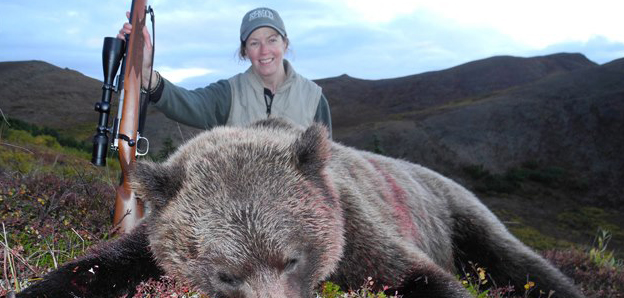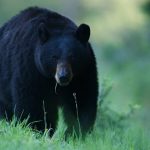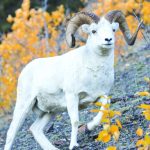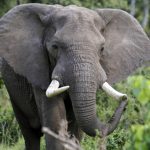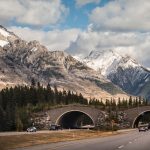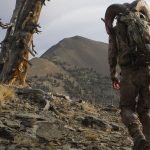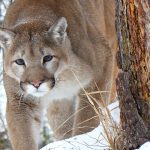Are Yellowstone-area bears really more dangerous?
As hunter-grizzly conflicts increase in the Northern Rockies, one name keeps appearing in the accounts of run-ins, charges and maulings: Yellowstone.
That so many bad encounters occur “north of Yellowstone,” or “not far from Yellowstone Park,” seems to substantiate a general belief that grizzlies in the greater Yellowstone area—which includes hunting lands in Montana, Wyoming and Idaho— collide with hunters more often than bears in other regions.
“Yes, historically that’s true,” says Kevin Frey, bear management specialist with Montana’s Fish, Wildlife & Parks, who works in the Yellowstone Ecosystem. “We do seem to have a higher number of conflicts.”
In the last 4 years, according to Frey, 21 people were injured by Yellowstone-area grizzlies, and 48 griz have been killed by hunters.
Why so many clashes? The problem is not solely a matter of bear numbers, as some believe; other areas have as many grizzlies, with a lower percentage of conflicts.
“It’s mostly because the Yellowstone bear is more of a meat-eater than the northern bear,” Frey explains. “In the northern system they have an abundant huckleberry crop and the bears do well with that. Bears everywhere eat meat, don’t get me wrong; but in Yellowstone the grizzly’s diet is heavily protein, whether it’s ground squirrels, bison, elk, carcasses or scavenging winter kills. They hunt calves in spring, they make adult animal kills periodically; and they do actively seek out and latch onto what hunters leave on the landscape in fall, which keeps them in close contact with hunters.” Given this proximity, Frey says, it’s only a matter of time before bears and hunters “bump into each other at too close a range.”
Yellowstone grizzlies are not “meaner” because they eat so much meat, Frey says, although competition with other bears might result in griz that are more defensive over a carcass, and more aggressive in hurrying to claim a gut-pile or carcass.

